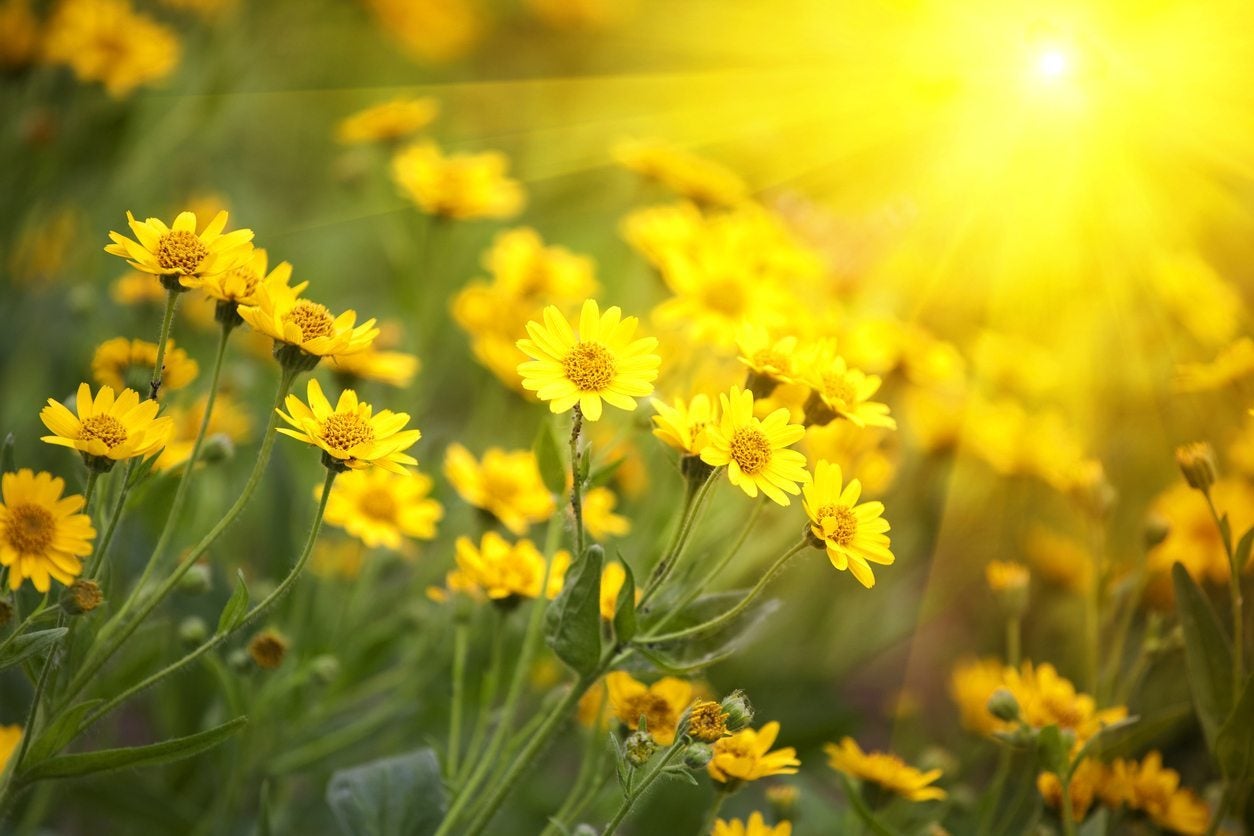Making A Sun Map: Tracking Sun Exposure In The Garden
Mapping sunlight in the garden is fun and easy. With a sun map you'll no longer need to guess which plants to place where.


Sunlight Tracking In Gardens - How To Map Sunlight In Your Garden
When customers come to me for plant suggestions, the first question I ask is if it will be going in a sunny or shady location. This simple question stumps many people. I’ve even seen couples get into heated debates over how much sun a particular landscape bed receives each day.
Knowing the patterns of sunlight and shade in your garden is important. Your plants should be placed in locations that meet their specific sunlight requirements. Customers enjoy heading home to do a simple garden project that involves graph paper and colored pencils instead of a spade.
Mapping sunlight in the garden helps you understand the movement of light and shade throughout the landscape. It allows you to place the right plants in the right exposure so they do not burn up or have stunted, leggy, or distorted growth.
Sunlight Tracking in Gardens
Like people, different plants have different sensitivity to the sun. Shade-loving plants may get sunscald, not bloom, or grow stunted when exposed to too much light.
Likewise, sun-loving plants may not bloom, grow stunted or distorted, and be more susceptible to diseases if they are grown in too much shade. This is why most plant tags will label the plants as full sun, part sun/part shade, or shade.
- Plants labeled as full sun require 6 or more hours of sunlight each day.
- Part sun or part shade indicates that the plant requires 3-6 hours of sunlight each day.
- Plants labeled as shade or full shade require 3 hours or less of sunlight each day.
The average yard with a home, garage, other structures and mature trees or shrubs usually will have a combination of full sun, part sun/shade, and shaded areas. The sun moves east to west over the earth. This, in turn, causes shade to move from west to east in a clockwise pattern.
Depending on the time of year, the sun may be higher or lower in the sky, which affects the size of the shadows cast by buildings or trees.
Gardening tips, videos, info and more delivered right to your inbox!
Sign up for the Gardening Know How newsletter today and receive a free copy of our e-book "How to Grow Delicious Tomatoes".
In spring, many deciduous trees can take a while to leaf out, therefore, allowing more sunlight into an area that will later be densely shaded by the tree’s canopy.
Tracking sun exposure and patches of shade during different months of the growing season will give you the most accurate guideline of what to plant where for optimal plant growth.
How to Map Sunlight in Your Garden
Mapping sunlight in the garden may require you to spend a whole day, from sunrise to sunset, watching light move through the garden. Since many of us don’t have the luxury of just sitting around for a whole day watching sunlight and shade, the project can be broken up over the course of a few days.
It is recommended that you track sun exposure in spring and again in midsummer. However, if you can only do it once, midsummer is preferred.
To make a sun map, you will need graph paper, a ruler, and colored pencils. Start by making a rough outline map of the area you will be tracking sun exposure in. Be sure to include buildings and other structures, such as tall fences, large trees and shrubs, and anything else that may cast shadows throughout the day.
You do not have to be a skilled artist to draw a simple map of the garden, but do try to be as accurate as possible. Your map can be a rough sketch used for the purpose of sunlight tracking, which you can later create a better map from or not - the choice is yours.
With your sun map in hand, every hour mark down where sunlight is hitting the garden and where the shade is.
If you cannot do it each hour, every two hours will suffice. Using different colored pencils is helpful, and each hour or two sun and shade can be marked with a different color. I like to use reds, oranges, and yellows to mark sun exposure and cool colors like purple, blue, and gray to indicate shade.
Be sure to jot down the time of each observance that you mark on the map. After a few hours have passed, you should begin to see a pattern emerge on your sun map. Still, it is important to track an entire day.